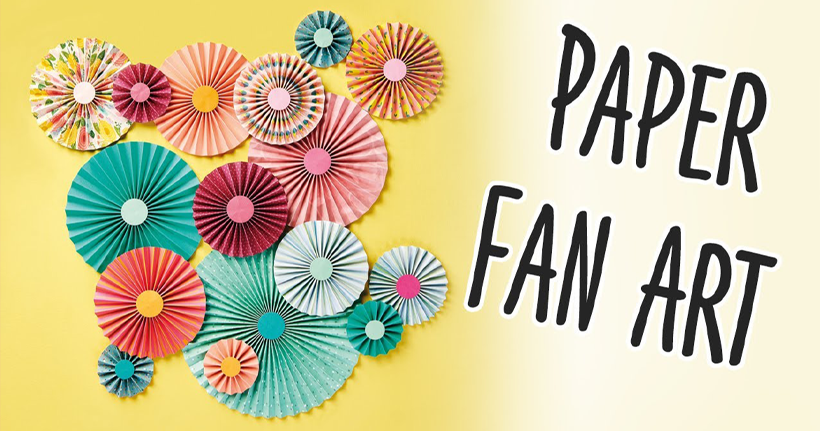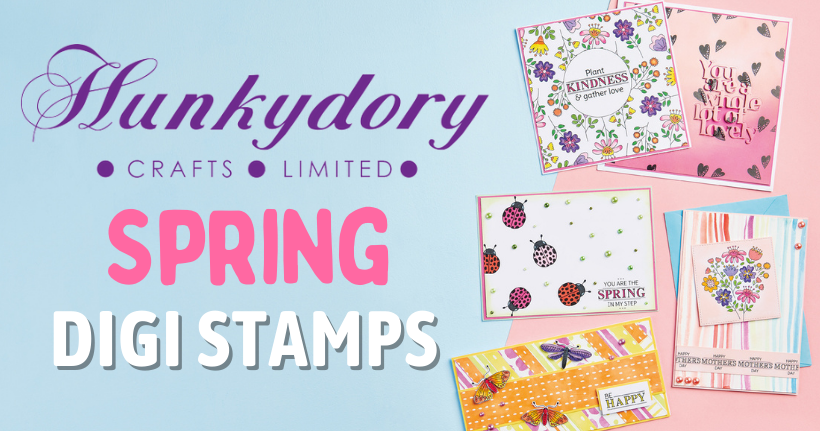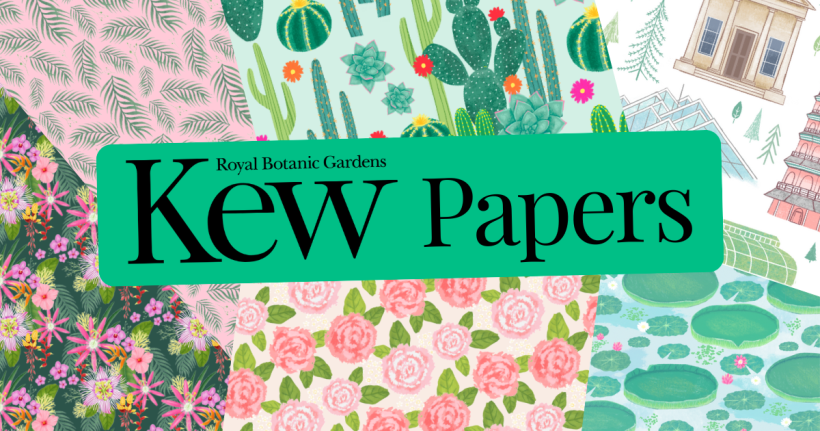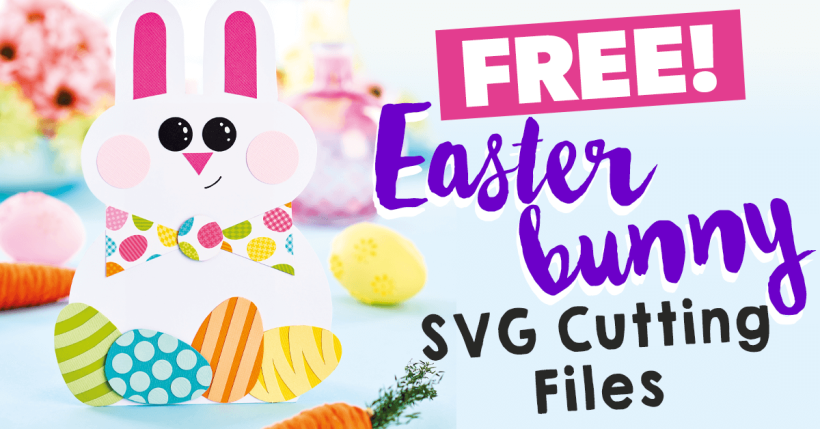
How To Get Really Good At Colouring
Have you ever been asked to ‘colour in’ a stamped image and not known where to start? What ink should you use? Which pens? How do you blend?! The list of...
You lucky PaperCrafter readers have the chance to win one of five copies of Cut and Fold Paper Textures by Paul Jackson we have to give away. Enter here before 20th January! To celebrate, we caught up with Paul to chat about our favourite thing in common; a love of paper.

Paul Jackson has been a professional paper artist since 1982, and is now a distinguished authority on paperfolding in design. His most distinctive work is made using the ‘cheat method’ of origami (the traditional technique does not allow the use of cutting or gluing) to create 3D paper sculptures. He has taught his techniques in universities across the USA, Canada and Israel and has already written 30 books on paper arts and crafts .
His latest, Cut and Fold Paper Textures, will be out at on the 9th January. It’s the ideal read if you want to discover infinite possibilities of paper in crafting and create surface textures for beautiful, innovative designs. The techniques presented in the book can be made by novices and skilled crafters alike, with the added bonus of handy techniques based on Paul’s years of experience.
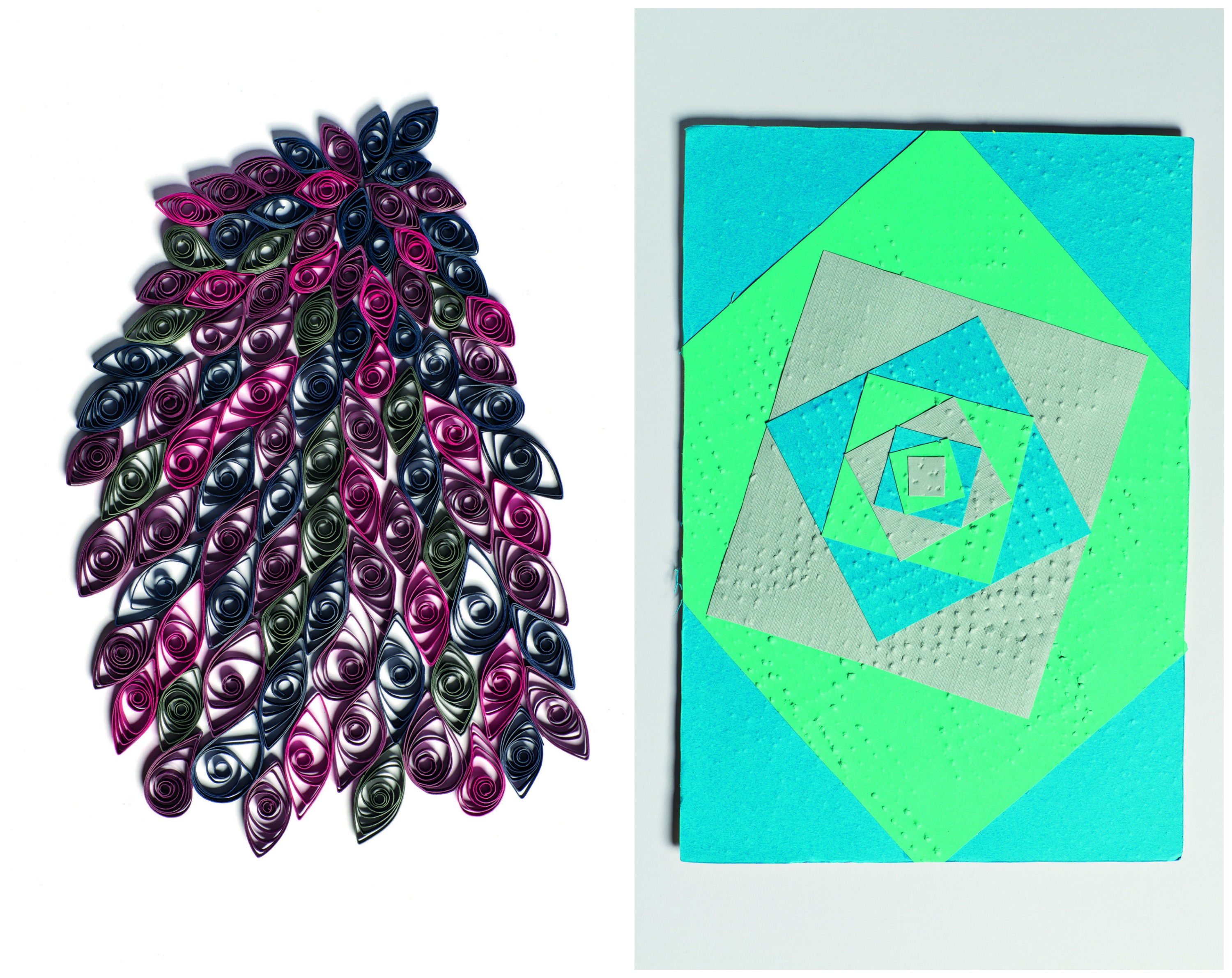
Where did your interest in paper come from?
I’ve always had a fascination with making things from paper, even as a boy. It intensified when my professor at art school declared that origami wasn’t art and dismissively knocked my work to the floor – I decided at that moment to become a paper artist, because it seemed really radical and anarchic. I’m thankful for what that professor did every day since.
What’s your favourite paper project?
I don’t have a single favourite, but I enjoy making almost anything from white paper. Working with such a pure material is a cleansing experience. My studio has a lot of windows, so I try to control how the light and shade fall over the paper to enhance the effect.
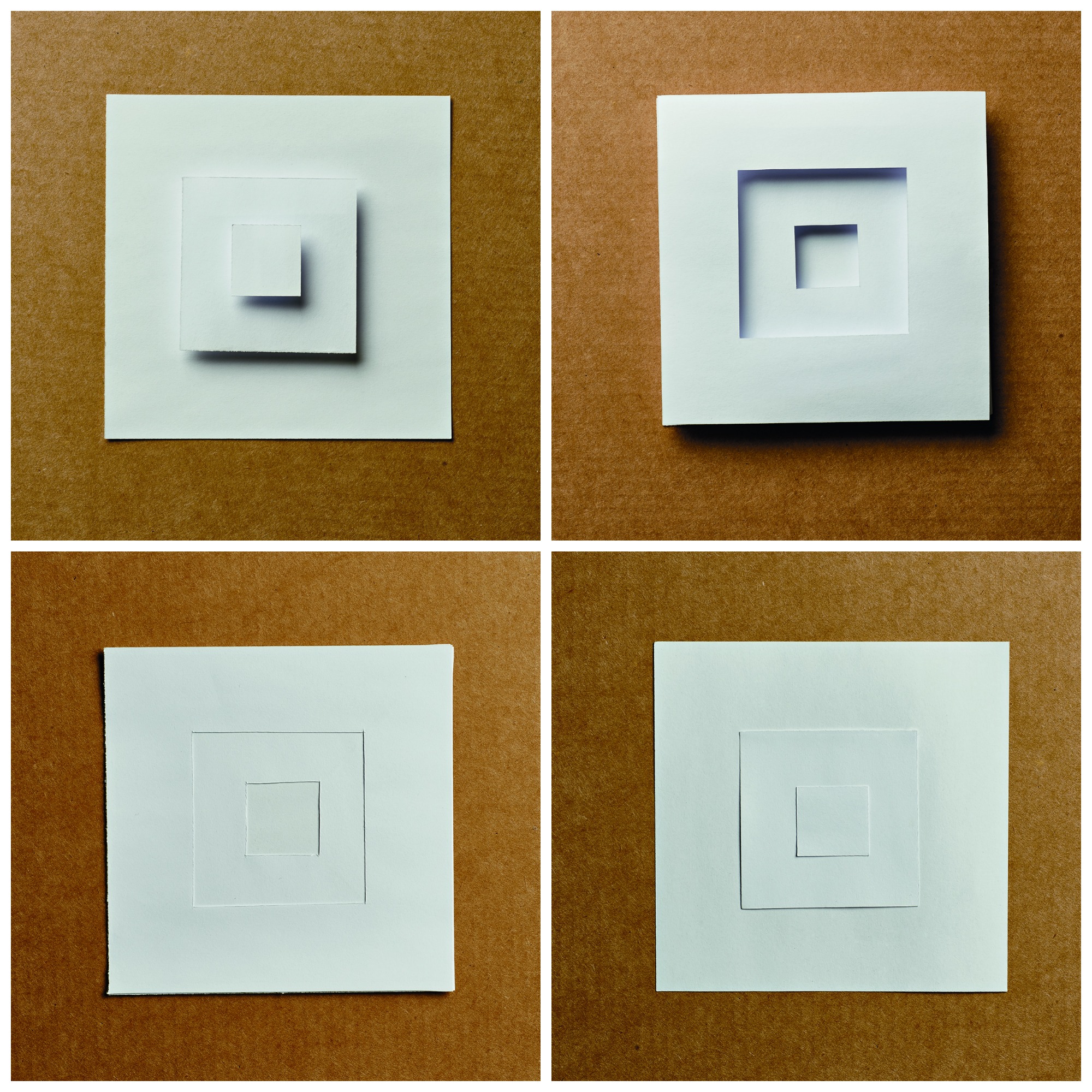
Why do you use paper to create sculptures?
I find it to be much more versatile than traditional materials such as wood or clay, plus paper is inexpensive and you need few tools to create from it. You get the feeling of having created something from nothing – if your starting material is a beautiful piece of oak you won’t get the same satisfaction. To make something great from a humble sheet of paper is a magical, alchemic transformation.
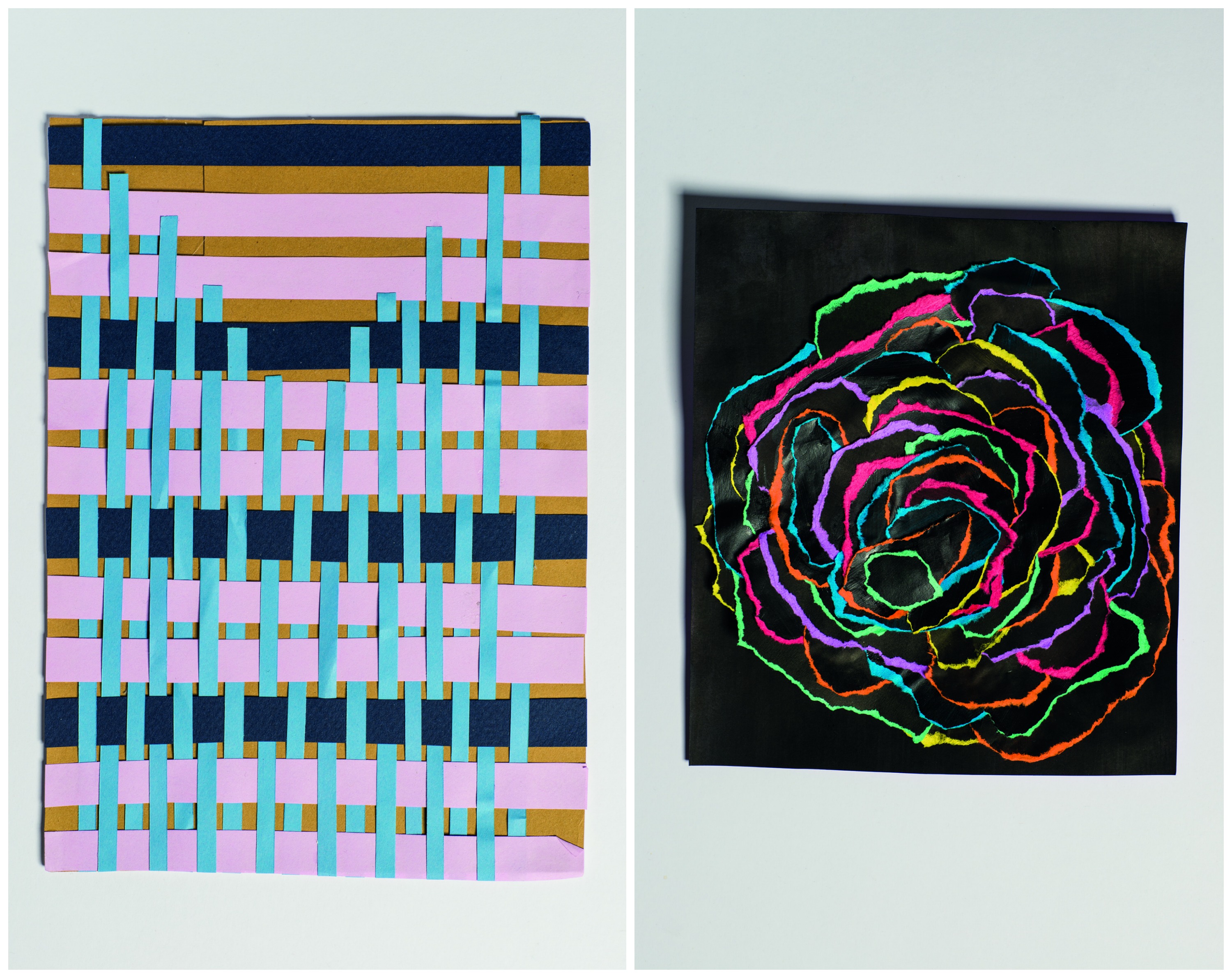
What will our readers love about your book?
Cut and Fold Paper Textures is about paper as texture, rather than form, offering a unique view of a familiar material. Readers will find many great ideas for creating textured surfaces from white and coloured papers which require no specialist or technical knowledge.
Before you go, what is your number one rule?
Wash your hands before beginning to work!
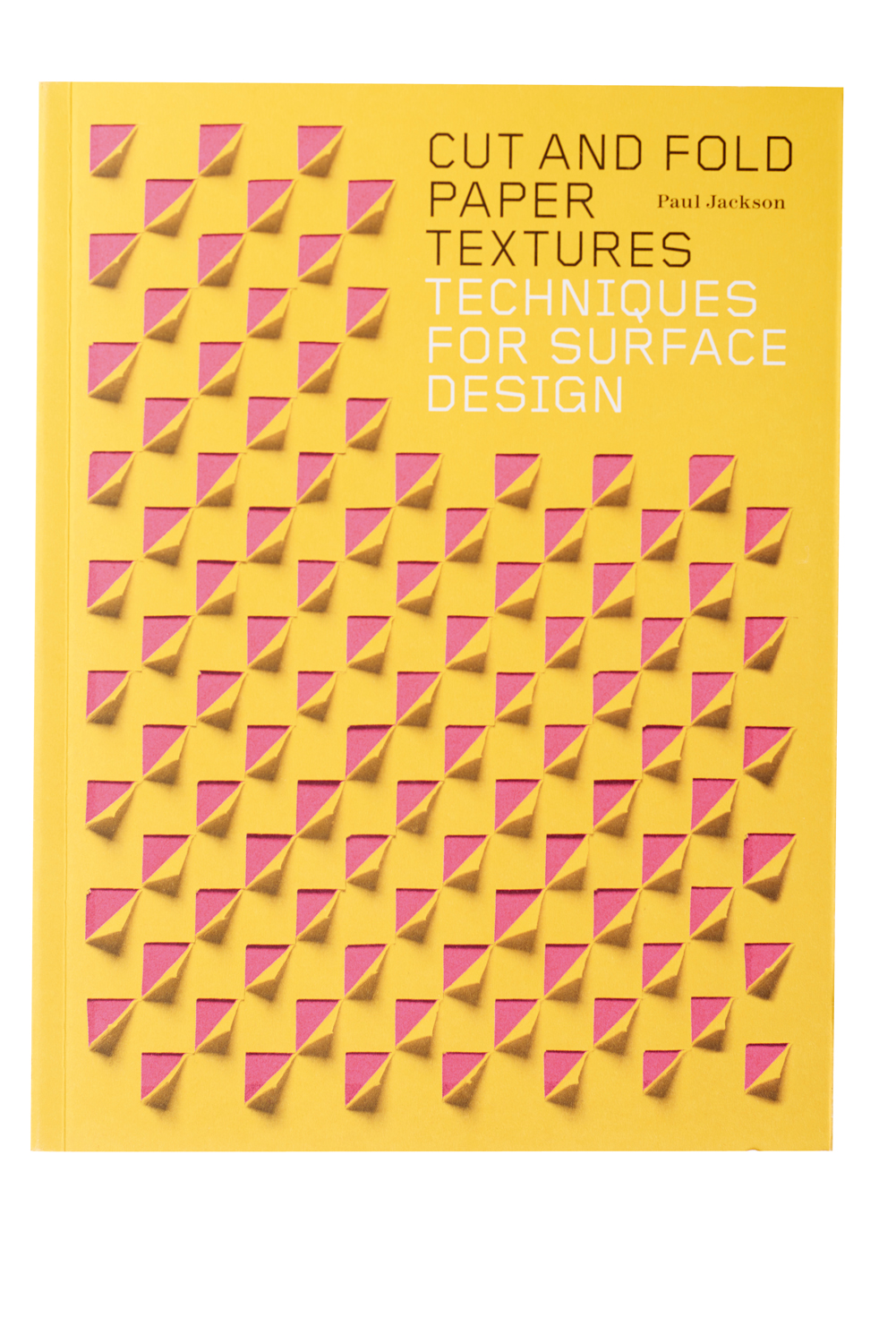
Cut and Fold Paper Textures: Techniques for Surface Design by Paul Jackson (£16.99, Laurence King) is available for pre-order at amazon.co.uk
Should we follow the traditional technique for an authentic origami creation, or is it better to bend the rules and use scissors and glue if it makes your finished piece look better?
Share your opinions with us via Facebook and Twitter!

Have you ever been asked to ‘colour in’ a stamped image and not known where to start? What ink should you use? Which pens? How do you blend?! The list of...

Litigation lawyer by profession, paper flower connoisseur by passion – meet the Torontonian trailblazer who’s taking perennial blooms further than we thought possible

*ADVERTORIAL*
Design Bundles is home to tons of SVG cutting files, but we’ve picked out our favourite designs for a variety of occasions throughout the year. Offering high-quality resources from thousands of...


